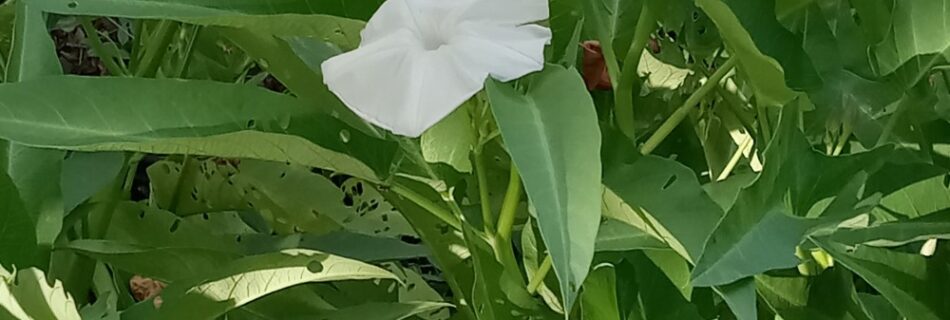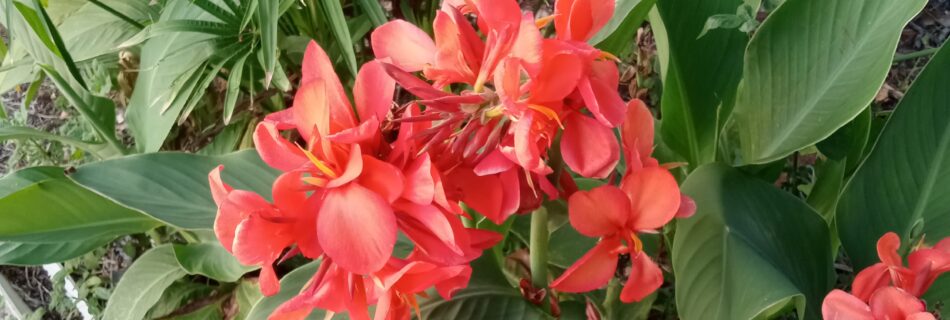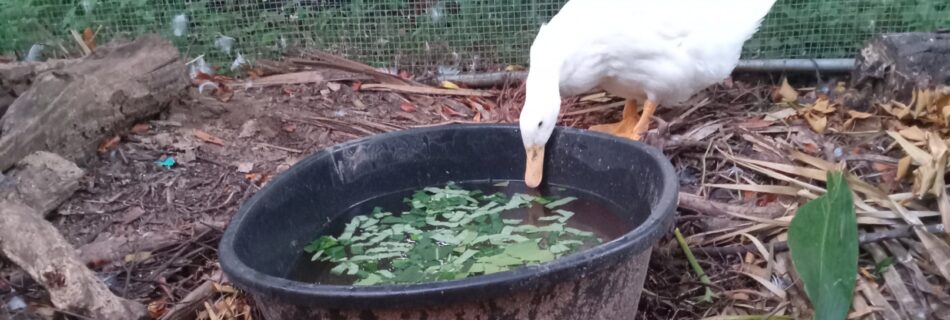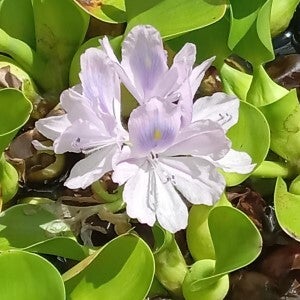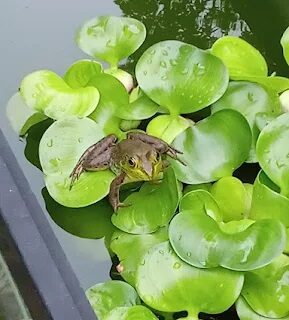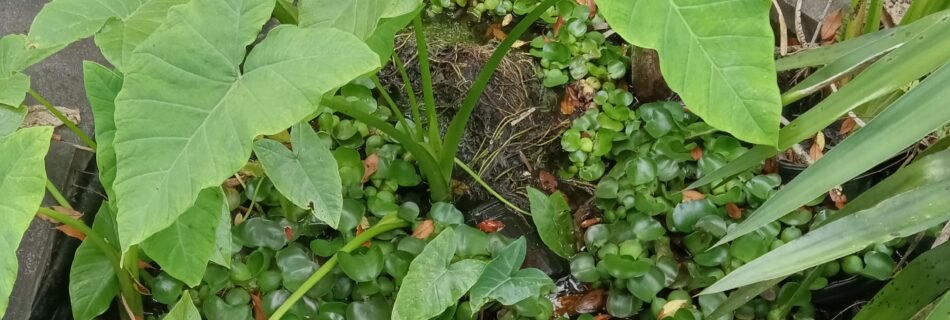Water Spinach, Kangkong, Ipomea aquatica
Uses: Sustainable Food Source, Fodder Native to: Southeastern AsiaIpomoea Aquatica: Exploring the Nutritional and Environmental Benefits of Water Spinach In the realm of sustainable food, Ipomoea aquatica, commonly known as water spinach or kangkong, has emerged as a fascinating plant with immense potential. This aquatic vegetable, native to Southeast Asia, has gained popularity worldwide due …
